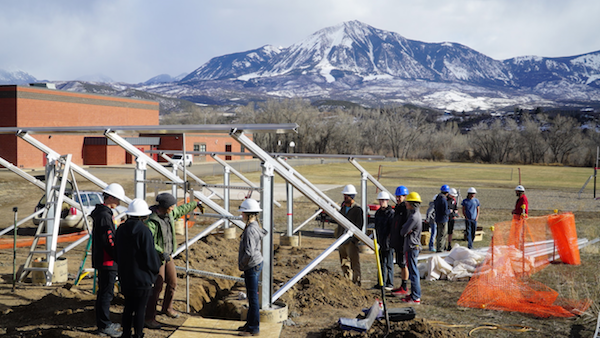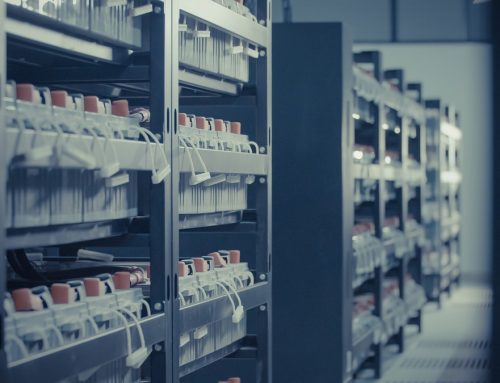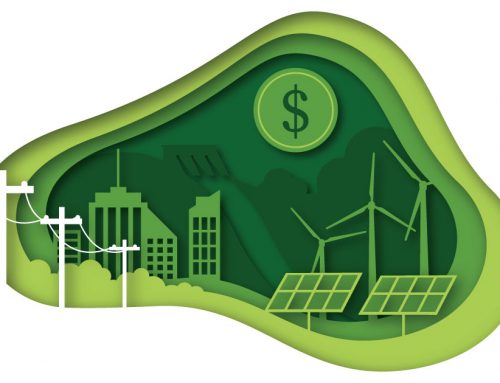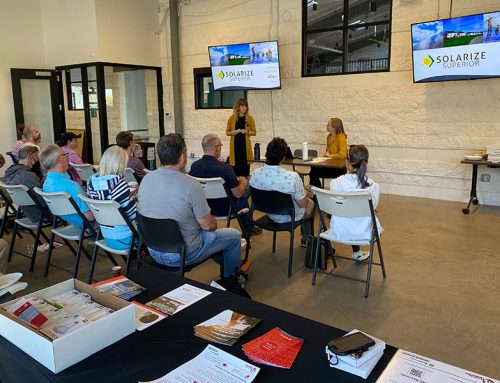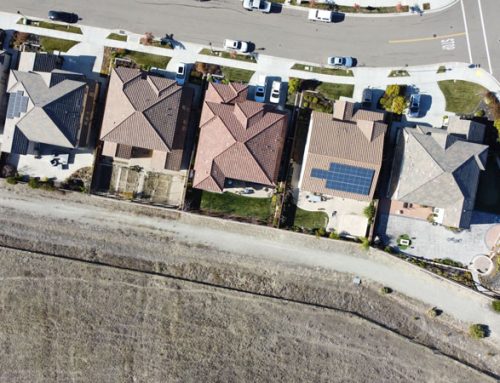Written by Stefan Johnson, SEI AmeriCorps VISTA
In Western Colorado, where Solar Energy International (SEI) is headquartered, we’ve been applying our industry-leading technical training to the education of the next generation. Most of the 65,000 individuals who have received our training have been adults, but we’re increasing our impact with younger demographics by partnering with high schools.
SEI launched the High School Solar Career and Technical Pathway program in Delta County during a period of economic distress following the closure of two local coal-mines. Since the program’s launch in 2015, we’ve given hands-on education and training to over 90 students at two high schools. The high school offering is based off of PV101: Solar Training – Solar Electric Design and Installation (Grid-Direct), SEI’s most popular course for individuals looking to enter the solar energy field. Students who complete the course are eligible to receive the same industry-recognized Record of Completion as adults. Many of these high school students have gone on to study STEM in higher education or pursue jobs and internships in the solar and electric trades. At Paonia High School, students even had the opportunity to help install a 10 kW system at their school in the May of 2018.
Now, thanks to an innovative partnership with our local utility, Delta Montrose Electric Association (DMEA), we have big goals for expanding the program in 2019. DMEA is using their unclaimed capital credits to finance the installation of nearly 50 kWs of solar spread across five high schools to take place this coming spring. After learning about solar PV systems via SEI’s curriculum, students will once again be encouraged to apply their knowledge and participate in the installations of the systems.
Around the country, more and more schools are installing solar photovoltaic (PV) systems on their campuses and rooftops. According to a recent report, there were 5,489 K-12 schools that had gone solar in the United States at the end of 2017, and that number has surely grown as we enter 2019. It wasn’t so long ago that one frequently heard complaints about the cost of environmentalism, but now, thanks to economies of scale and technology improvements, schools going solar are actually SAVING money. Beyond the pure financial and environmental benefits, however, there are many other advantages for schools to go solar. Solar PV systems can offer teachers and students an invaluable educational tool and hands-on resource for learning about math, physics, engineering, technology, and environmental sciences.
The Brighter Future; A Study on Solar in U.S. Schools report was jointly published by the Solar Energy Industries Association, The Solar Foundation, and Generation 180 in November, 2017 and found that the number of schools going solar was increasingly rapidly. According to the report, the total energy capacity for solar on K-12 schools nearly doubled from 490 Megawatts (MWs) in 2014 to 980 MWs in 2017. That is now is enough to to power more than 190,000 homes! The total number of schools with solar increased from 3,752 in 2014 to nearly 5,500 in 2017.
Savings are one strong incentive for schools to add solar to their buildings and campuses. The falling cost of solar PV means that going solar is increasingly viable from a financial perspective, and schools can now even see big on their energy bills. In the sunny Southwest, two high schools in Rio Rancho, NM realized over $700,000 in savings since they installed solar in 2013. Solar is even penciling out in colder, cloudier states; a 2017 project in New York is expected to save Warwick School District $250,000 annually, while another school in Illinois is expected to save more than $10 million over the lifetime of their solar project. These energy savings translate to a big environmental impact. The Brighter Future report estimated solar schools are offsetting one million tonnes of carbon dioxide annually, or the equivalent emissions of over 200,000 cars! Regardless of the region, solar has the potential bring significant economic and environmental benefits to schools and their students
Schools are also increasingly taking advantage of the unique educational opportunity offered by onsite PV systems. Integrating solar energy into educational curriculum can help students develop valuable skills whether they pursue higher education or look to immediately enter the workforce. In a world that is increasingly automated and globally competitive, the solar industry is one of the most robust and fastest growing in the nation. There are already over 250,000 solar jobs in the country, and the U.S. Bureau of Labor and Statistics projects Solar photovoltaic installer as the fastest growing occupation from 2016 through 2026.
All across the United States, schools are getting creative with how they add solar energy onto their building and into their classrooms. In Bozeman, Montana, Claire Vases used her independent study project to advocate for solar and spearheaded a campaign that raised over $100,000 to fund solar at Sacajawea Middle School. At Antelope Valley Union School District in California, students’ performance in science and math improved dramatically after incorporating real-time energy data and solar energy concepts from the school’s PV system into their lesson plans.
Interested in learning more about SEI’s High School Solar Career and Technical Pathway program? Contact Americorps VISTA and Project Coordinator Stefan Johnson at [email protected] OR (717)-712-3742.

